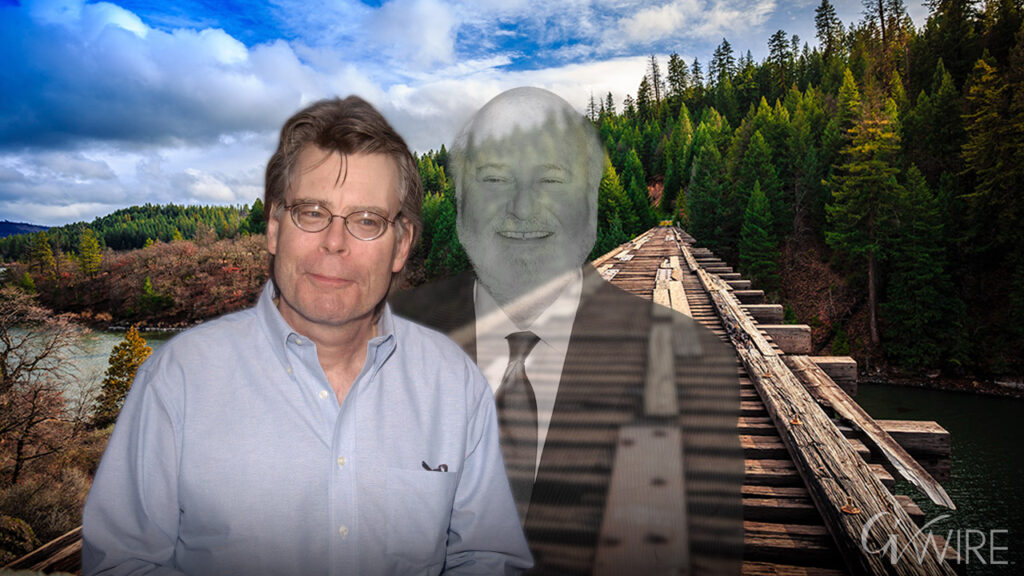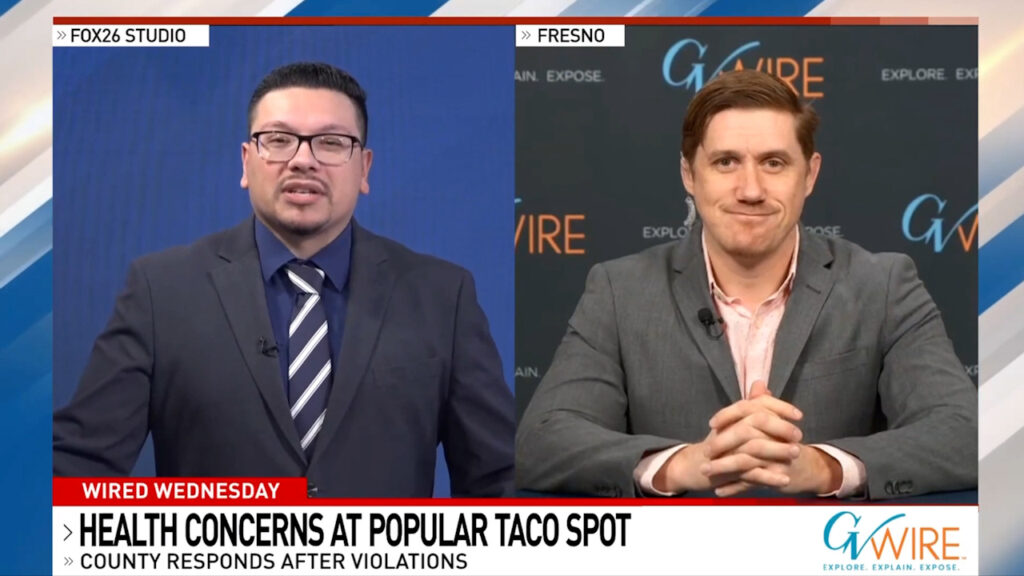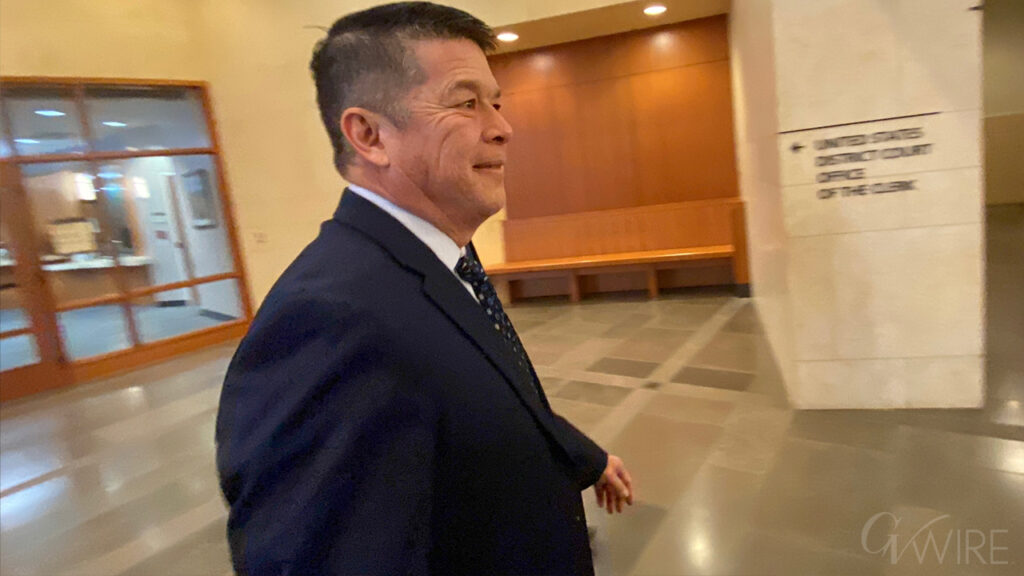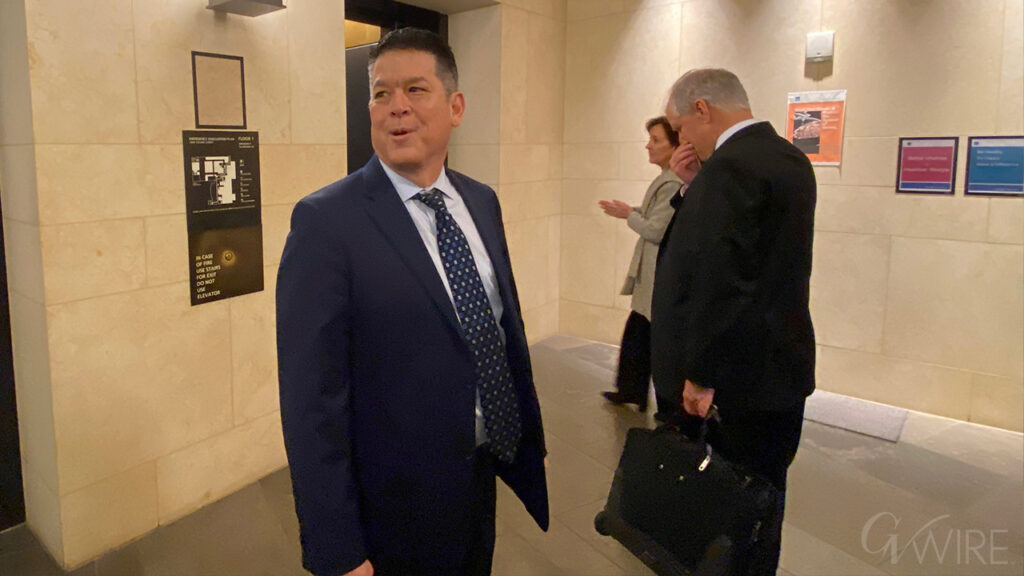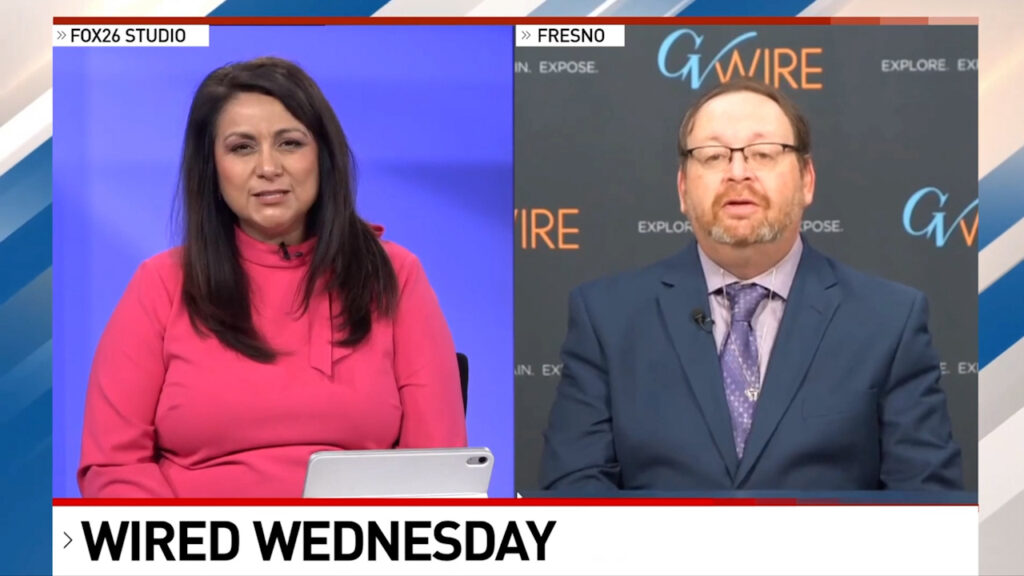California lawmakers aim to shield consumers from data center costs and encourage energy efficiency. (Shutterstock)

- California lawmakers propose bills to regulate data center energy use and protect consumers from rate hikes.
- Data centers' growing power demands raise concerns about costs, health impacts, and environmental effects.
- State-level regulations could have global impact as most data centers are located in the United States.
Share
California residents now pay the highest price for electricity in the continental U.S., state analysts reported last month. Costs have been driven in part by levies to prevent and insure against wildfires, but the analysts anticipate a less conspicuous source of pressure on power bills going forward: growing electricity demand from data centers.

Khari Johnson
CalMatters
Tucked away in nondescript buildings, data centers store and transmit the contents of the internet. At least one is involved every time you watch a TikTok video or shop on Amazon. But in recent years, artificial intelligence, and especially new general purpose systems like ChatGPT, has caused server farms to multiply.
That means more power plants to build and more transmission lines to run, leaving state regulators increasingly concerned that the general public will be on the hook for Big Tech’s electricity binge.
In response, California lawmakers have in recent weeks proposed bills to ensure that electricity customers don’t pay for the infrastructure that utility companies build to serve data centers — and to encourage more energy efficiency or use of clean energy on the part of the tech companies, entrepreneurs, and IT departments that utilize the centers.
A Look at The Democratic Legislation
One measure, from Democratic Assemblymember Rebecca Bauer-Kahan of San Ramon, would require data centers and the developers of large AI models to publicly share how much energy they use. It would also make state energy regulators adopt efficiency standards for data centers.
Another, from Democratic State Sen. Steve Padilla of Chula Vista, would require utility regulators to draw up an electricity rate structure specifically for data centers. A different bill from the senator would give data center operators a tax cut if they create at least 20 jobs and draw 70% of their energy from zero emission sources.
The California legislators join lawmakers from tech hubs across the country in proposing data center power regulations.
In Virginia, the busiest place in the world for data center internet traffic, a state legislator earlier this year proposed prohibiting utilities from passing construction and energy infrastructure costs on to customers. Another has reintroduced a bill to require data center projects meet certain energy efficiency standards in order to receive tax credits. Lawmakers in the state are also considering examining whether ratepayers are subsidizing the data center industry.
In Texas, legislators are drafting a bill backed by the nonprofit Environment Texas to tie a sales tax break for data centers to energy efficiency standards.
The state-level regulations could, if approved, have a global impact.
Elsewhere, the Ohio Public Utilities Commission is considering requiring data centers to pay more of the upfront costs associated with long-term energy contracts. In Oregon, lawmakers are considering a bill that would prevent utility companies from passing costs on to ratepayers and another that would require all data centers to use renewable energy by 2040.
Taken together, the state-level regulations could, if approved, have a global impact. Most data centers in the world are in the U.S., with the greatest number of those in California, Texas, and Virginia. The laws would also represent something of a legislative vibe shift: More than half of U.S. states court data centers — and the revenue they bring — by offering them tax breaks.
Related Story: ChatGPT Chief Says Artificial Intelligence Should Be Regulated by a US or Global Agency
As Data Centers Spread, So Do Costs
Though coming to the fore now, data center power demands have been a concern for years. The U.S. Department of Energy launched an initiative in 2008 to help get the issue under control. But the spread of general purpose artificial intelligence made by companies like Google and OpenAI, whose development relies on power-hungry graphical processors, is making the problem worse. The data centers that trained a recent version of the AI model behind ChatGPT use as much electricity as 30 Walmart stores, researchers recently told the Wall Street Journal.
A Chinese company, DeepSeek, offered some hope for efficiency in recent weeks when its app reached #1 on Apple and Google stores. The chat tool is powered by an AI model developed with a fraction of the resources required by major American models, its creators claim. U.S. companies are also under pressure from tech researchers pushing them to abandon their quest for AI to accomplish virtually any task and instead make models for specific tasks. Doing so would greatly reduce energy and water demands.
But, so far, data center expansion shows no signs of slowing in California, said Sylvie Ashford, an energy and policy analyst at The Utility Reform Network. Ashford said the need to run transmission lines to data centers could hike prices for California ratepayers, one in five of whom are already behind on paying their electricity bill.
“Regulators need to shield residential and small business customers from shouldering the brunt of these new data center costs,” Ashford said. “California needs to be proactive and develop equitable solutions for cost recovery and electric rate design, so that data centers are paying their fair share for system improvements.”
In the southeastern United States, “ratepayers are subsidizing the cost of electrical infrastructure being built to serve data centers,” including gas power plants and pipelines, according to a report published last month by the Institute for Energy Economics and Financial Analysis. Data centers are referred to as a root cause for a rise in energy costs this year in the mid-Atlantic region of the U.S., according to energy industry analysts who spoke with the Washington Post.
The California lawmakers trying to regulate data centers were unable to point to a particular example of when utilities pass data center costs on to consumers. But Padilla said that similar data center regulations are under consideration in multiple states because “People realize the very real ratcheting up of costs and what that does to people’s ability to thrive and live and invest. We should be very clear eyed about what are the impacts and how do we get ahead of that.”
Bauer-Kahan said her measure aims to address problems that could surface in the future.
“If you put these huge data centers on the grid, soak up some of that energy, and the demand continues to rise, we need to make sure those costs are not being borne by the ratepayers in order to enrich these private companies,” she said.
There is evidence, albeit inconclusive, that California data centers could already be fueling higher costs and plans to incur them.
Recent presentations to investors by Pacific Gas & Electric and Southern California Edison detail an influx of large projects and costly infrastructure investments. Pacific Gas & Electric received dozens of data center proposals last year, according to the Los Angeles Times.
Last month the municipal utility company in Santa Clara announced a 5% increase in rates for all customers due to “critical infrastructure projects.” Santa Clara is the busiest city in California for data center activity, with more than 50 server farms gobbling up 60% of energy from the utility. The increase was for projects that benefit everyone, an executive with the utility, Manueal Pineda of Silicon Valley Power, told CalMatters.
Just as increased traffic on roads leads to congestion and delays, the addition of large data center loads to the power grid can, in theory, drive up overall electricity demand and exacerbate transmission congestion, said UC Riverside professor Shaolei Ren, who studies the environmental impact of data centers. But he said the connection between data centers and higher utility rates for residential customers isn’t always straightforward. While utility rates have risen steadily, these increases are the result of a complex mix of factors including inflation.
“That said, precautionary legislation and regulations are still valuable,” Ren added. “These can help protect residential customers from potential rate spikes as more data centers come online, ensuring that households aren’t suddenly burdened by sharp increases in electricity costs.”
How Data Centers Impact the Environment, Health, and Housing
Costs to electricity ratepayers are just one potential consequence from high energy consumption by data centers.
By 2030, data centers could contribute to 1,300 premature deaths in California, carry $20 billion in health care costs, and rival greenhouse gas emissions of every car in California as a cause of health costs, according to an evaluation published last month by the California Institute of Technology and UC Riverside researchers including Ren.
A Lawrence Berkeley National Laboratory report compiled for the Department of Energy estimates that data center energy use has tripled over the past decade and is projected to double or triple by 2028. A Morgan Stanley report released last fall found that within five years, the global data center industry could produce 40% of annual U.S. emissions.
Analysis of power company activity in the United States shows the rapid growth of data centers is getting in the way of initiatives to reduce greenhouse gas emissions, according to a forthcoming report from the Center for Biological Diversity, a nonprofit conservation group that filed the lawsuit to block the construction of a data center in California in December 2024.
Lauren Bridges, an assistant professor at the University of Virginia who studies the societal impact of data centers, is concerned they could drive up housing costs in the U.S. Research she conducted found their consumption of energy resources near London contributed to the local housing crisis. Noise pollution is also a common concern, and backup generators in California burning diesel fuel and methane gas in Tennessee harming air quality for nearby communities. Bridges is also alarmed by rising interest by companies like Microsoft in reopening nuclear power plants to feed power to data centers.
Data centers are often attractive to local politicians because they pay sales and use tax on assets within data centers, but costs associated with building them are often passed on to consumers, she said, and that particularly hurts lower-income people, who pay a larger percentage of their income for electricity than those with higher incomes.
Efforts by state and local lawmakers to regulate data centers come at the same time that the White House and companies like Oracle, OpenAI, and SoftBank launched Stargate Project, a $500 billion joint venture for the creation of data centers and associated infrastructure. Support for data center construction is a bipartisan issue: In his final days in office, President Joe Biden signed an executive order that permits building data centers on federal land.
Bridges believes Stargate Project may place pressure on lawmakers to extend tax breaks to data centers and oppose regulations on them but they still have to engage with long-term planning of water and energy needs and confront problems the centers create for their constituents..
“It would not be wise for state and local policymakers to take a stance of unbridled growth without considering how it’s going to impact all of the issues that come with having data centers,” she said. “I think there’s a disconnect between the federal government priorities and the reality that this development is going to happen in local areas.”
About the Author
Khari Johnson is part of the economy team and is CalMatters’ first tech reporter.
About CalMatters
CalMatters is a nonprofit, nonpartisan newsroom committed to explaining California policy and politics.
RELATED TOPICS:
Categories

Trump Expected to Sign $1 Trillion Annual Defense Bill
